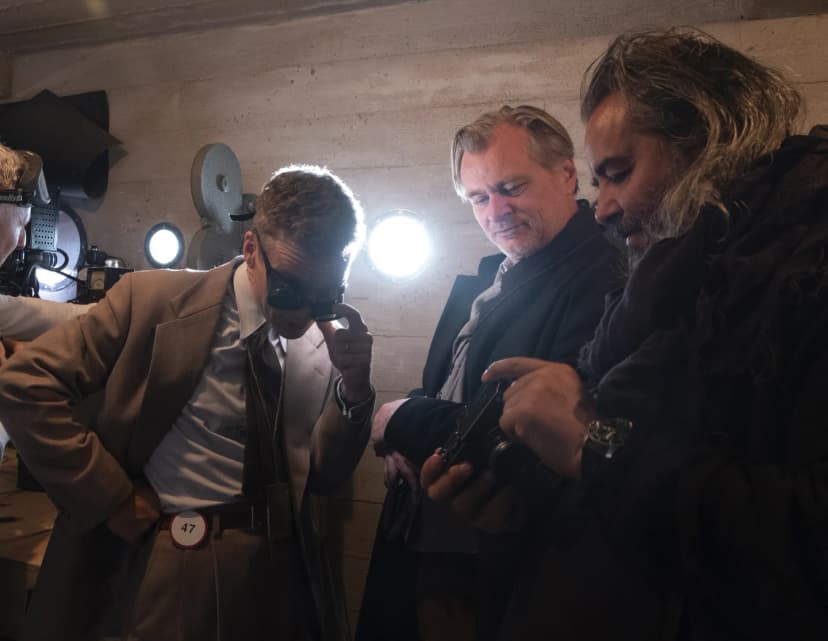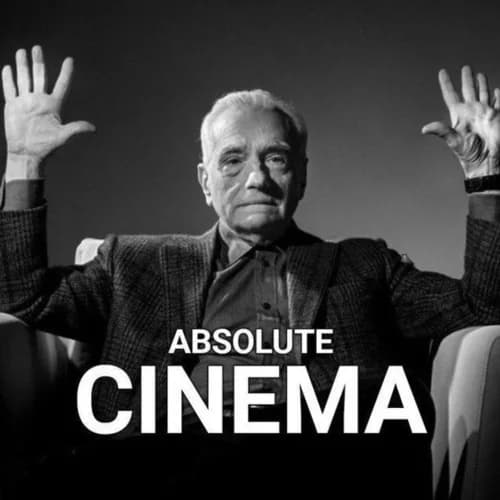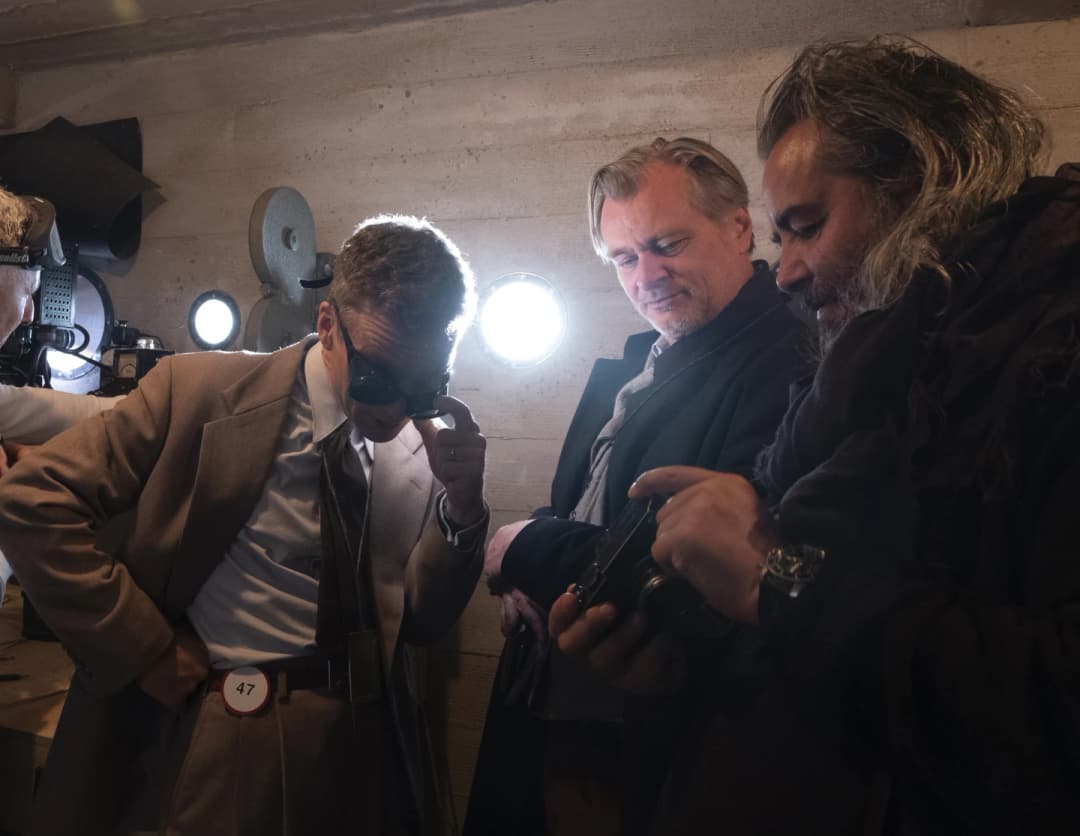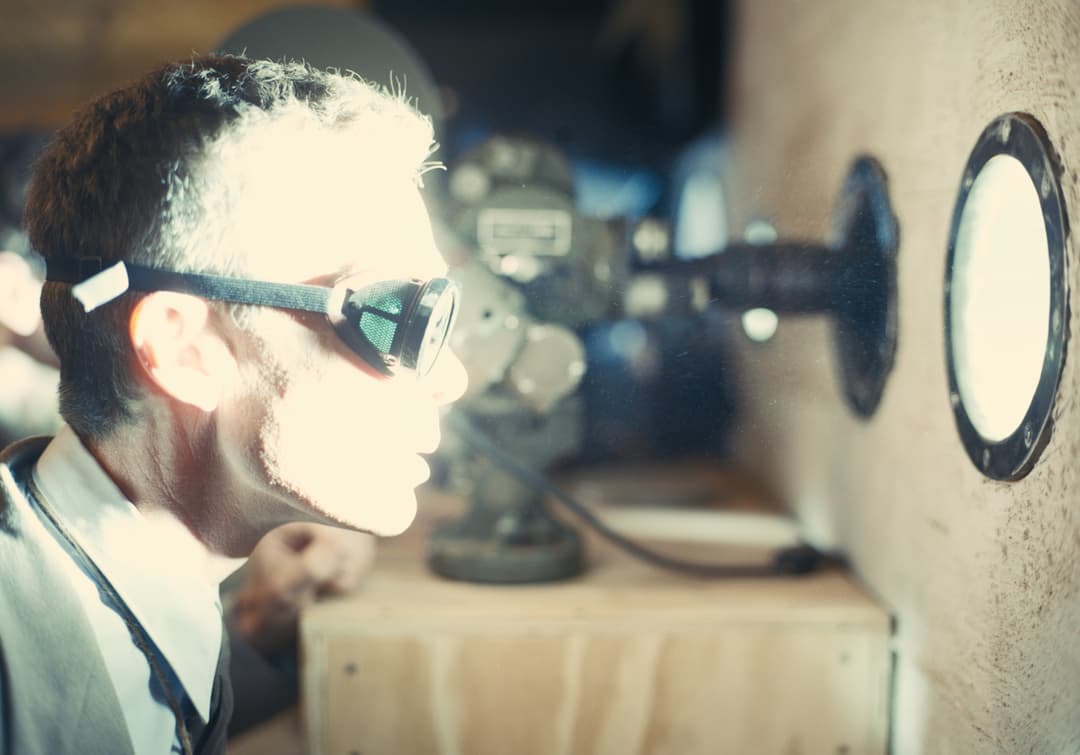

Acting
“While there were many great performances from many actors such as Robert Downy Jr. as Lewis Strauss, many of the supporting characters, though portrayed by talented actors, often come across as one-dimensional. Their screen time reduced to exposition rather than genuine character development. Even the characters that do have character development end up being some rendition of the tortured genius archetype.”
— Conner
— Lior
— Kevin

Direction
“The direction of the movie was quite scattered. While the jump back and forth was an important part of the movie, the ending was very confusing and the sex scene seemed very random.”
— Kevin
— Lior
— Conner

Cinematography
“The cinematography in Oppenheimer is used as a tool to communicate feelings beyond just aesthetics of the time period. The use of color and black-and-white film, the cinematography distinguishes between Oppenheimer’s personal perspective and other historical moments, guiding the viewer’s understanding of the complex set of events. The close-ups used convey the intensity of Oppenheimer’s personal moral conflicts, while wide landscapes reflect the scale and consequence of his scientific achievements. Lighting, framing, and movement are all used to express emotion and tension, allowing the visuals to communicate fear, ambition, guilt, and the weight of irreversible choices.”
— Conner
“The cinematography communicates the feeling of the scene. During the development of the bomb we see bright colors as Oppenheimer is the leader and is feeling good. The tone turns to black a white when he is being interrogated, communicating a feeling of compression and uncomfortability.”
— Kevin
— Lior

Colors
“Nolan’s use of color to convey the current stages of Oppenheimer’s thought processes. The more powerful he thinks the bomb the more vibrant the colors get, but after the bomb is blown up, the colors appear more washed out, then at the end, when he is testifying to congress and for much of the ending where he has to confront what he has done in front of others it is in complete black and white.”
— Lior
— Conner
— Kevin

Special Effects
“The special effects of the movie was the star of the show. Seeing the nuclear blast during the test truly communicates the power unleashed by the bomb. However, other than the bomb, most of the movie was practical effects, which makes sense for a historical drama.”
— Kevin
“Nolan’s use of practical effects to show the sheer power of the bomb, especially how bright it was in the scene where they blow it up, completely washes out the color for a few scenes, which was mainly done through having bright lights rather than using filters.”
— Lior
— Conner

Music
“Ludwig Göransson's music is overwhelming, in a good way. At points of high tension, such as when the song American Prometheus plays when Oppenheimer and Niels Bohr talk about the potential implications of creating an atomic bomb. The song slowly builds up, where at the start it's very sad, with small lonely violin tones, the song goes quiet for a bit, but then you hear a loud chilling bass sweep, after Oppenheimer realizes what he got himself into. The movie often uses music as a way to get into your feelings to show how Oppenheimer is dealing with what he has led to. Göransson even won the grammy for 'Masterful Composition' for his work on Oppenheimer.”
— Lior
“The music in Oppenheimer is deeply emotional and immersive, supporting the colors and cinematography well. The music has tension, especially during scenes of scientific discovery, and the lack of music during the integration makes you feel as if you are the one being interrogated. During the atomic bomb test, the music complements the power unleashed. The use of a violin, often using sharp and wavering notes, mirrors his internal conflict.”
— Conner
— Kevin
